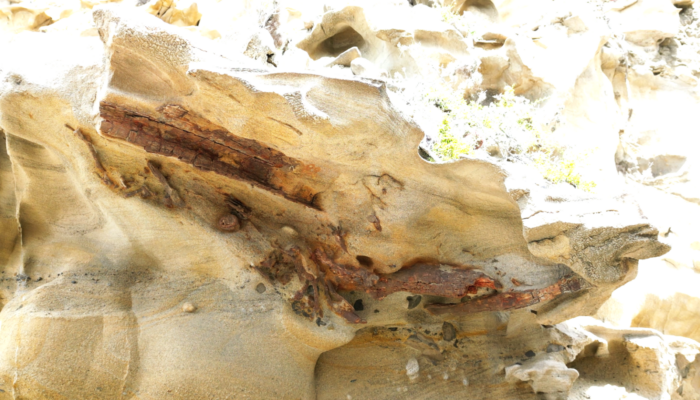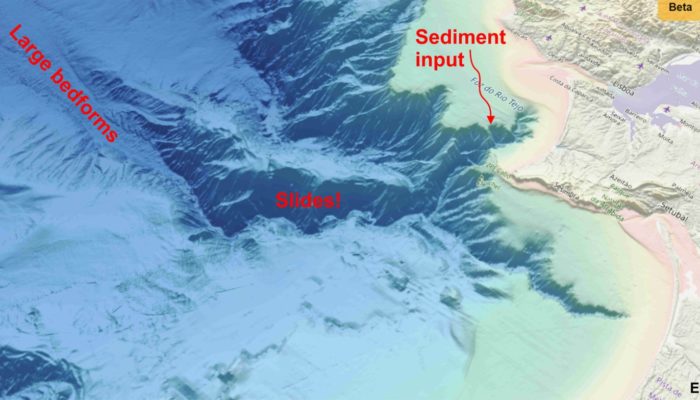While working on the exceptional, but remote outcrops of Baja California, I have encountered an extraordinary quantity of fossilized tree fragments in Cretaceous deposits. These fossils were preserved in both subaerial, fluvial, and marine environments. Does this mean that preservation of tree trunks is easy? How can wood be preserved for more than 70 million years? What kind of information can we ...[Read More]
Offshore Gaza: gas in deep-water sedimentary reservoir rocks as another element in the conflict
The conflict between the Israeli state and the Palestinian people revolves not only around the control of land but also extends to the ocean, particularly the sedimentary rocks beneath the seafloor (see oil and natural gas fields in the region in Figure 1). This article aims to analyse the geological aspect, specifically sedimentary rocks with hydrocarbon reservoir potential offshore the Gaza Stri ...[Read More]
Sediment in the deep ocean, Part 1: flows that shape the seafloor.
Most of us know about the existence of waves and tides. We can see them along our coasts and, even if we do not pay much attention, we also know that waves and tides move sediment that rests on the seafloor: sand, mud, shells and…plastics. We all can see ripples and small channels on beaches or estuaries created by the movement of water from waves and tides. If we scuba dive down to a few tens of ...[Read More]


